Traditional building materials like concrete and steel have a massive carbon impact, contributing to atmospheric pollution. But a new wave of innovative, eco-friendly materials is poised to shake things up.
Here are five of the most promising new building materials on the horizon and how they could help create a greener, more resilient built environment.
Coconuts and lemons
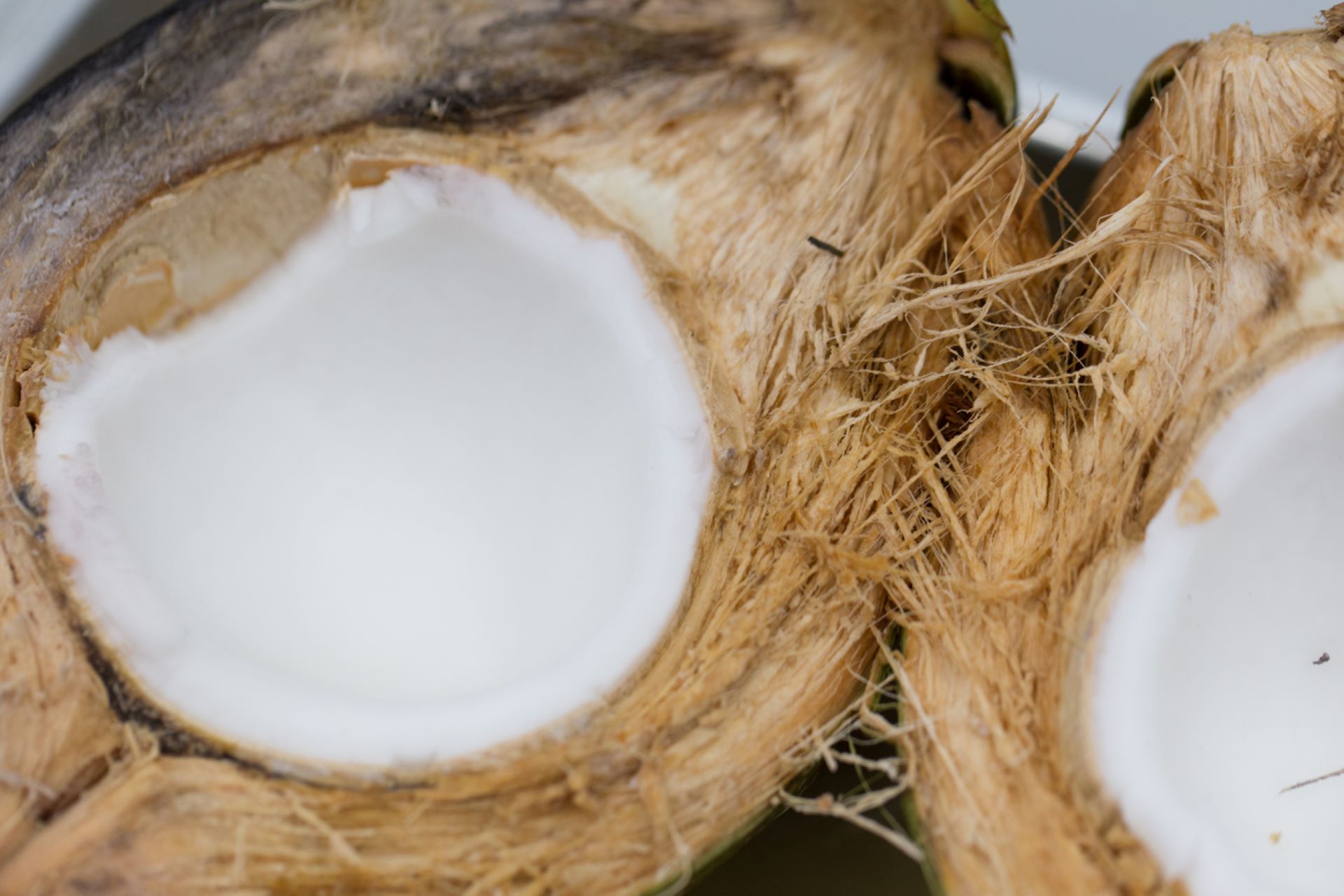
Scientists in Stockholm have cooked up an eco-friendly building material using coconuts and lemons.
This thermal material can store heat during the day and release it at night, keeping you comfy while cutting energy costs. Plus, it's made from renewable resources and sustainably harvested wood.
Imagine buildings that save you money and help the planet. With the potential to be scaled up, this could revolutionize the way we build.
Trash
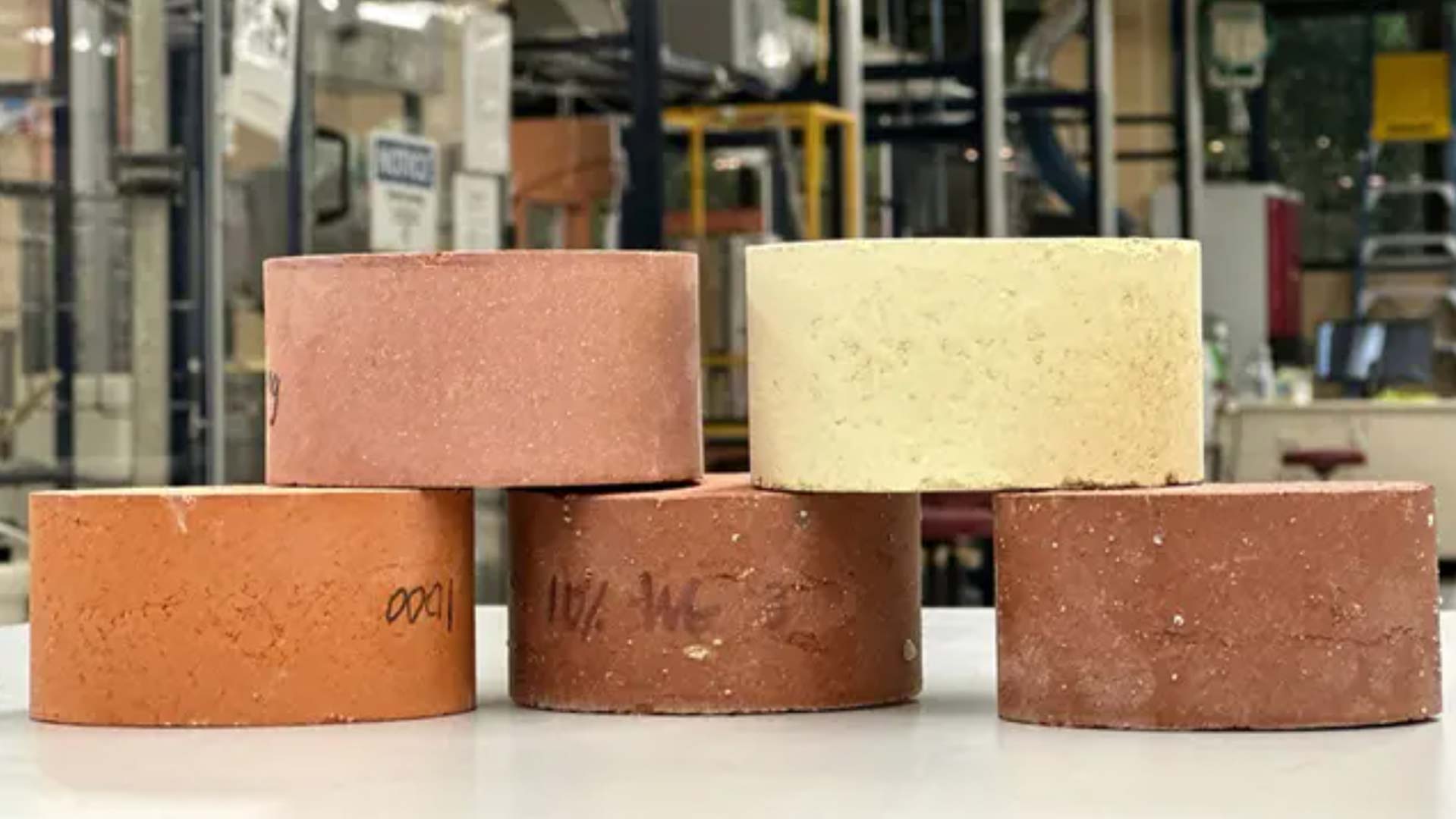
Researchers from RMIT University in Australia have found a way to cut down on pollution from the typical brick-making process by replacing some of the clay with recycled glass and ash from burned trash.
These waste materials can lower the kiln temperature by 20%, which means less energy used and more money saved. Plus, these bricks have better insulation properties, so they can help keep your home cozy and reduce your energy bills by around 5%.
Sugarcane
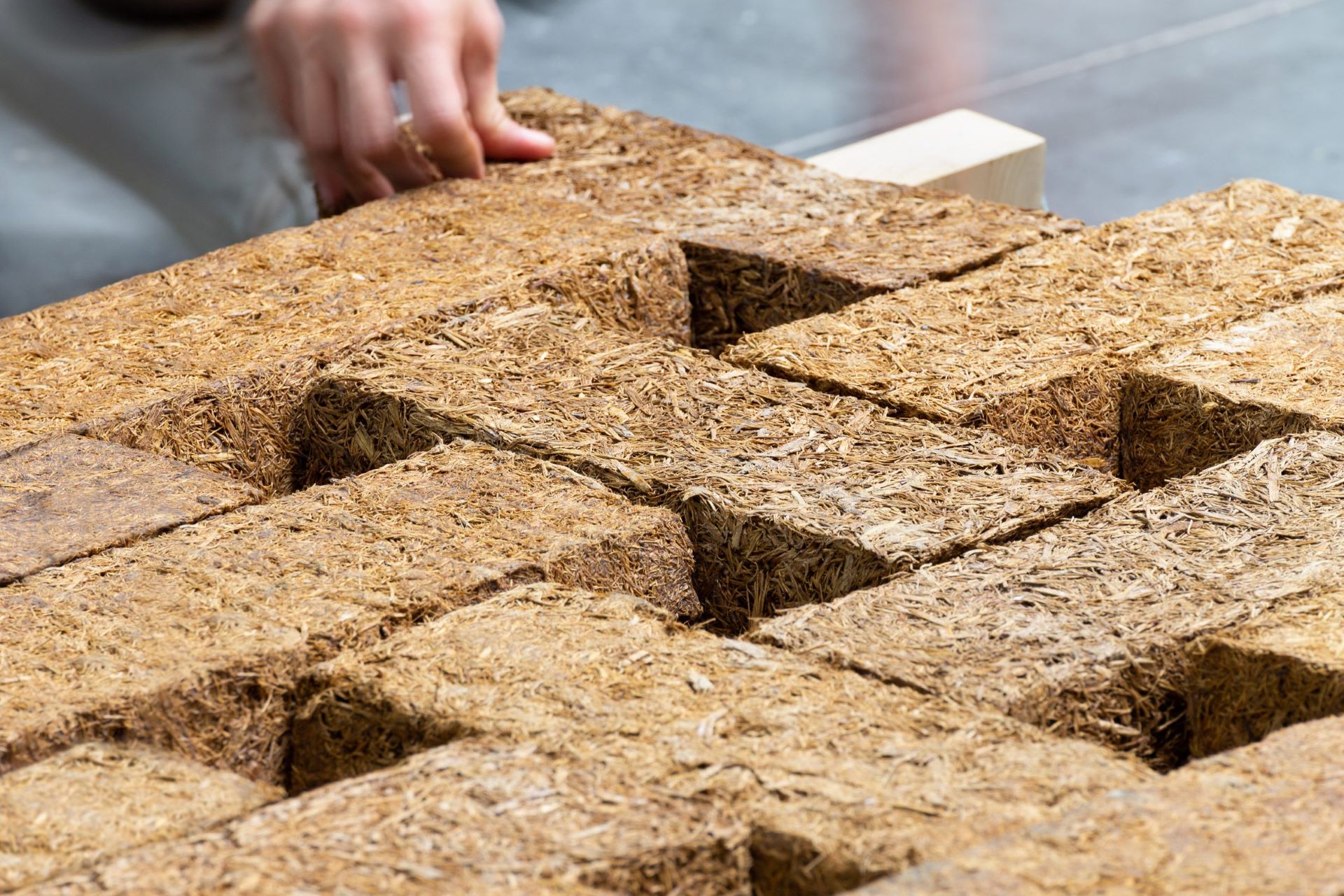
Some brilliant minds at the University of East London have cooked up a way to make bricks out of sugarcane waste.
Known as Sugarcrete, these blocks are not only lighter than regular bricks (we're talking four to five times), but they also slash carbon pollution by 80-85% compared to traditional materials. Plus, they're a snap to put together and take apart, thanks to the magic of robotics and augmented reality.
Living materials
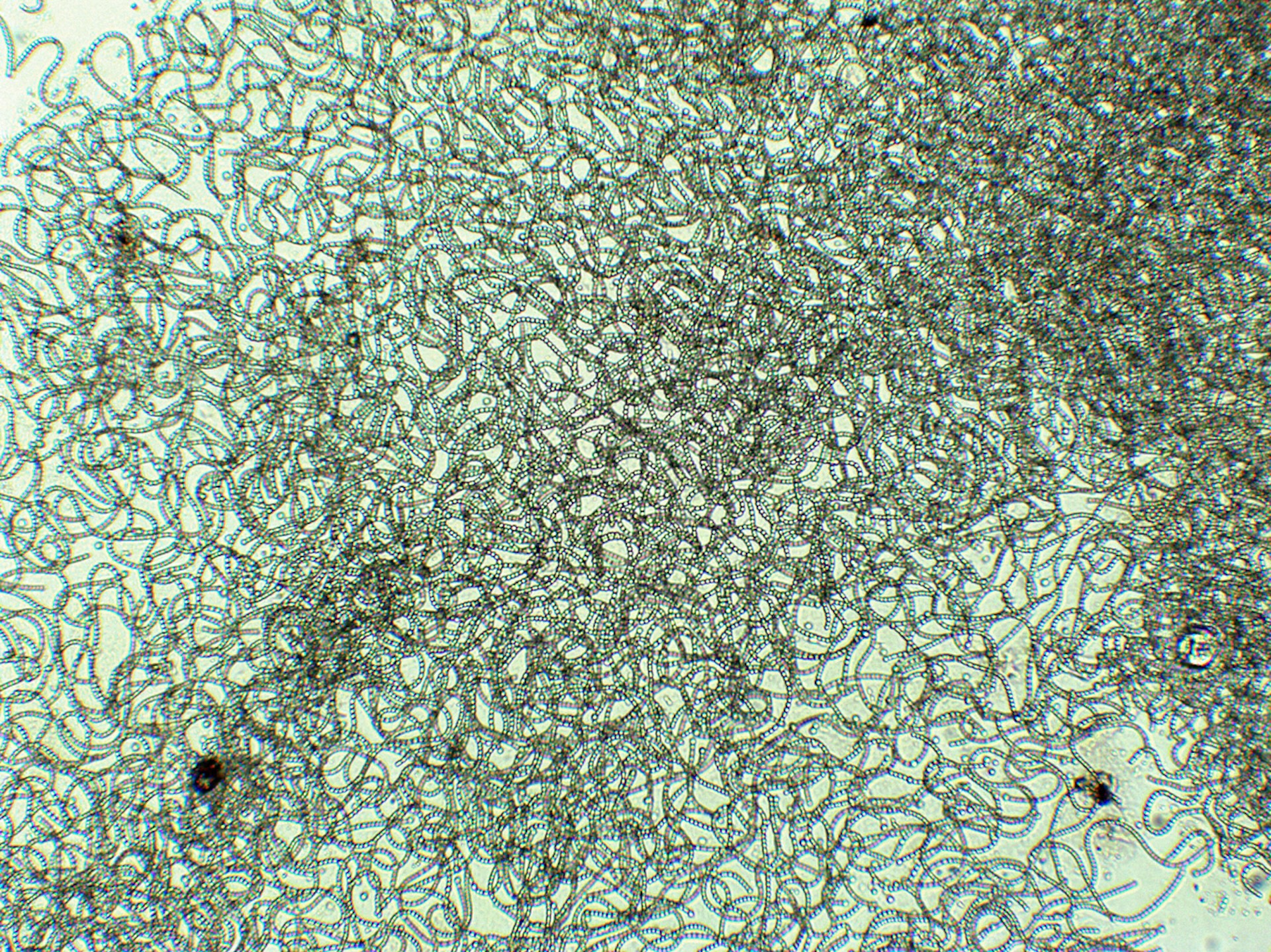
Picture this: a house that's not just four walls and a roof but a living, breathing structure.
Cutting-edge research from Montana State University suggests that mixing engineered living materials (ELMs) into building materials could transform construction. The process of making cement pumps out a whopping 8% of the world's carbon pollution, but by putting helpful tiny organisms to work, we could create buildings that are ultra-durable, need fewer repairs, and seriously slash pollution.
Mycelium
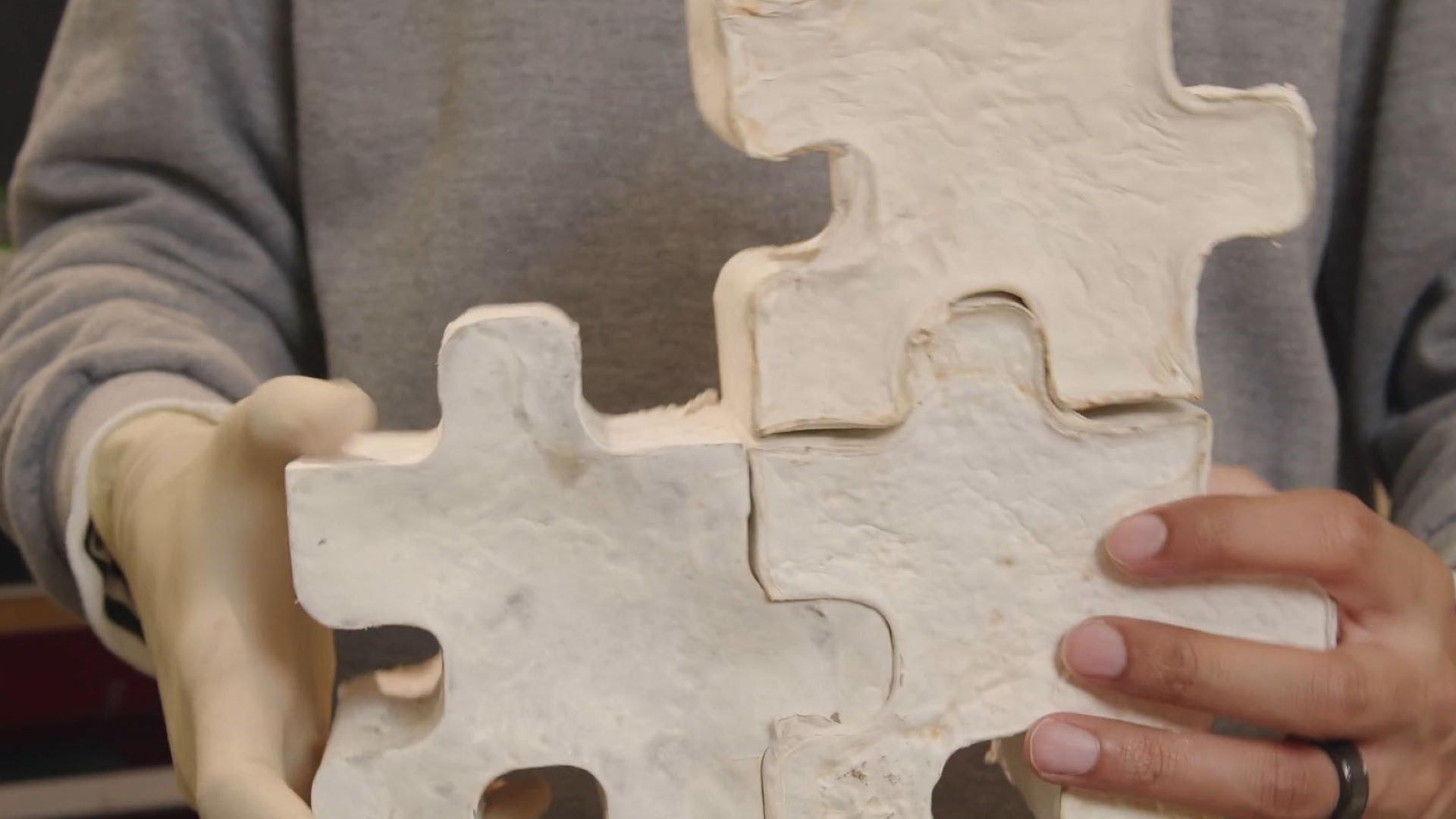
A London-based architecture firm is using mycelium, the vegetative part of fungi, to create 3D-printed modular building blocks that are strong, lightweight, fire-resistant, and completely biodegradable.
The process involves filling molds with sawdust, hemp, and flax and then letting the mycelium grow through, creating a solid structure. The result is a versatile, eco-friendly alternative to traditional materials like concrete and steel.
Imagine a future where our buildings are literally grown from the ground up, in harmony with nature.
Watch now: High-speed rail can cut an hour commute to 15 minutes — so why isn't it more prevalent?
Join our free newsletter for weekly updates on the coolest innovations improving our lives and saving our planet.









